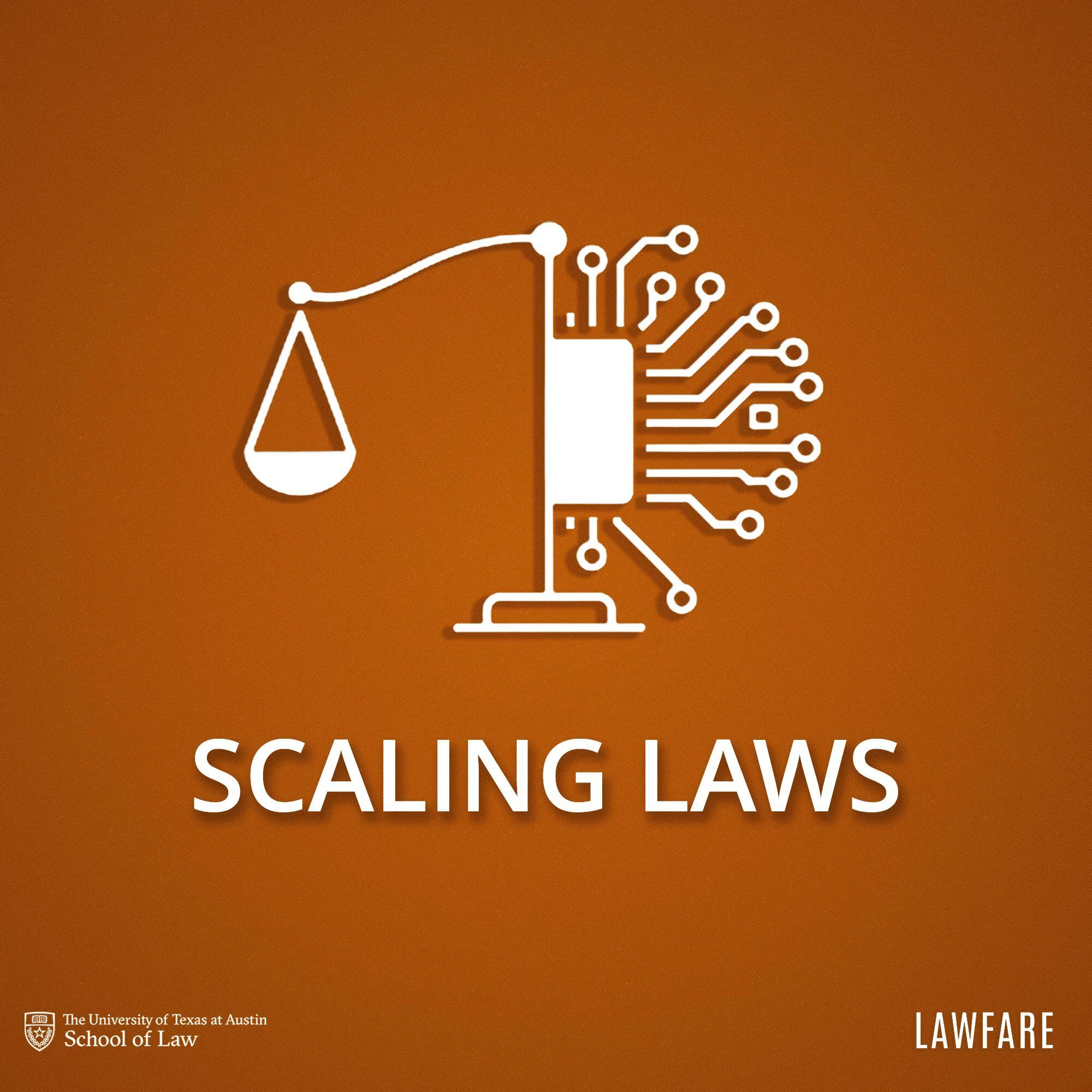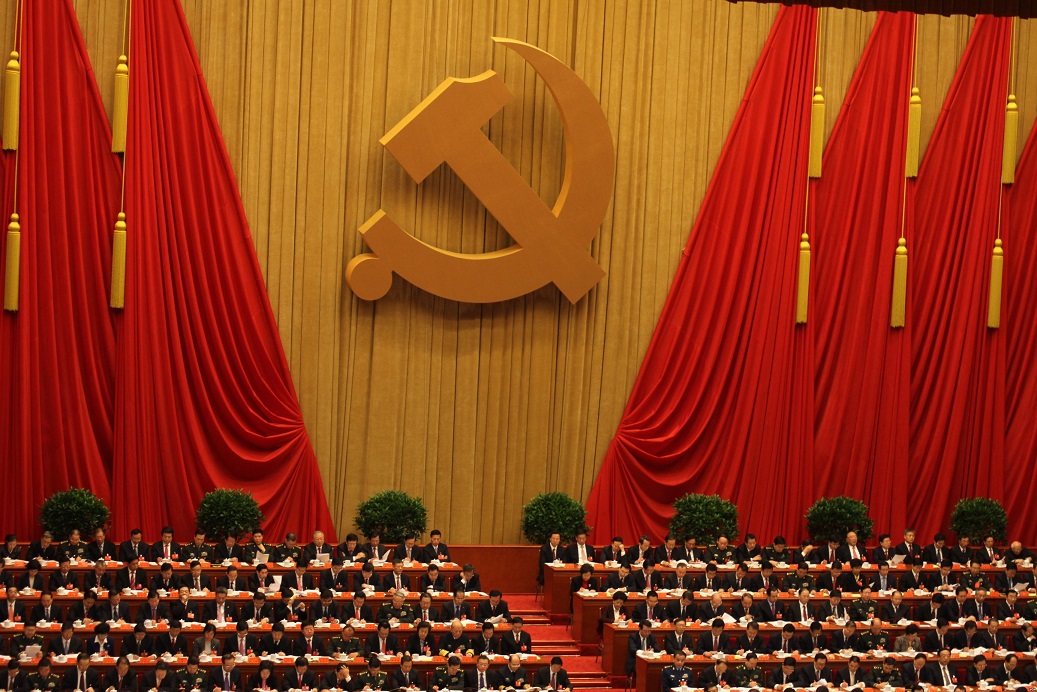How Washington Could Leverage Its Gulf AI Deals
Despite their risks, Trump’s Gulf AI deals offer a chance to boost U.S. AI leadership by aligning Gulf tech with American goals.

Published by The Lawfare Institute
in Cooperation With

On the first overseas trip of his second term, President Trump inked high-profile artificial intelligence (AI) agreements with the United Arab Emirates (UAE) and Saudi Arabia. Notably, they authorized the sale of advanced American semiconductor chips to the two Gulf states, a move enabled by Trump’s rollback of the Biden-era AI Diffusion Rule that had restricted such exports. As these deals inch toward finalization, many policy discussions have focused on their security risks, such as the potential for advanced chips to be diverted to or accessed remotely by China. Though important, these concerns obscure an important opportunity: Executed strategically, the deals offer a foundation to enhance U.S. AI leadership by anchoring Gulf states more firmly into the United States’s tech orbit and channeling their capital toward American AI interests.
Trump’s four-day trip across the Middle East in May opened a floodgate of deals between American AI companies, the UAE, and Saudi Arabia. Chief among them was the announcement of a new 5-gigawatt AI campus led by UAE tech giant G42 in Abu Dhabi, a project that would surpass the scale of all major AI infrastructure projects announced to date, including the U.S.-based Stargate. The UAE also secured a preliminary agreement to import 500,000 of Nvidia’s most advanced chips annually, with 20 percent going to G42 and the rest to American companies operating data centers there. These deals represent a win for the Gulf countries, which increasingly view AI as core to their post-oil futures. They also benefit U.S. semiconductor companies seeking new markets and AI companies eager to leverage the Gulf’s abundant capital and energy––key inputs for the data centers that drive AI development and deployment.
In Washington, however, these deals have sparked concern among policymakers and analysts alike over the risks of deploying significant computing power in Gulf states with ambivalent ties to the United States. Under the U.S.-UAE deal, G42 is set to receive vastly more computing power than previously would have been allowed under the Biden administration’s AI Diffusion Rule. Under that rule, the UAE and the vast majority of other countries were subject to strict chip limits and conditions on their deployment. The Trump administration’s decision to rescind that rule opens the door to deals like this one, at least until a promised new one is promulgated. With chip exports now granted at such a scale, U.S. companies may rush to build data centers in the Gulf, potentially placing cutting-edge AI capabilities in countries that are neither allies nor shy about hedging between the United States and China. For example, G42 has drawn scrutiny for alleged links to China’s military and intelligence services. Broader concerns also persist over the Gulf states’ deep economic and diplomatic ties with China. The scale of these new semiconductor deals could significantly enhance Gulf states’ AI capabilities, while also raising concerns about diversion to China, theft of U.S. intellectual property, and the misuse of advanced AI models. To mitigate such risks, the United States should impose clear conditions on both Emirati and Saudi entities receiving advanced chips.
At the same time, the United States should capitalize on the opening for technology statecraft that these deals present. Leveraged correctly, they could reinforce U.S. AI leadership by securing concessions from Gulf partners and directing their capital toward American priorities.
For one, these agreements present a chance for Washington to secure concessions from the Gulf states. The UAE and Saudi Arabia have ambitious AI agendas but lack access to high-end chips—something only the United States can currently provide at scale. Chinese firms, by contrast, are limited in both the volume and the quality of chips they can produce due to export controls on advanced chipmaking tools. The recent AI deals therefore offer Washington a pathway to translate its semiconductor leverage into more strategic gains.
For example, the administration could condition continued access to U.S. chips on commitments from the Gulf states to restrict their outbound investments in Chinese chip and AI companies. The two countries maintain deep financial investments in China’s AI ecosystem. In 2024, Aramco’s venture capital arm participated in a $400 million investment round in Chinese AI startup Zhipu. In 2024, G42 divested its investments in Chinese firms such as ByteDance, a move that helped lay the groundwork for Microsoft’s $1.5 billion investment into the firm later that year. However, control of the divested assets has since shifted to a new investment vehicle, which, like G42, is also controlled by the country’s national security adviser. With U.S. investors limited or banned from backing China’s chip and AI sectors, unrestricted UAE and Saudi investments in Chinese chips and AI would fuel China’s tech ecosystem while sidelining U.S. capital.
Additionally, the United States could require the UAE and Saudi Arabia to scale back their ties to the Chinese AI stack, embedding this condition into the final terms of the recent AI deals. While full Gulf decoupling from the Chinese AI ecosystem remains unrealistic, the U.S. could nevertheless make targeted asks in strategic domains, such as requiring Gulf governments to replace Chinese cloud services with U.S. providers. Today, the UAE’s TAMM government platform relies on Tencent Cloud, and in Riyadh, Huawei Cloud is assisting the Saudi government in building a big data platform. Washington could also require Gulf companies receiving advanced U.S. chips to cut supply chain dependencies and operations with Chinese firms.
More broadly, the United States could leverage these deals to align UAE and Saudi investment flows with U.S. strategic technology interests. This includes pursuing reciprocal deals to ensure that Gulf funding for U.S.-based AI infrastructure is on par with American AI investments in the Gulf. More importantly, Washington could collaborate with the UAE and Saudi Arabia to establish a stronger American-led digital footprint in Global South countries, which would provide explicit benefits to recipient countries while also positioning U.S. technology and standards as the backbone of emerging markets. Beijing has positioned AI engagement with the Global South as a foreign policy priority and currently outpaces Washington in government funding for the global deployment of AI infrastructure.
Gulf capital may offer Washington a path toward addressing this financing gap. Following the model of Microsoft and G42’s investment in Kenya, the UAE and Saudi Arabia could finance and build the infrastructure for U.S. cloud providers establishing cloud regions across Global South countries. Such an approach would not only “derisk” U.S. commercial engagement in emerging markets and enhance their position vis-a-vis Chinese offerings but also advance the ambitions of Gulf states, particularly the UAE, which has positioned itself as a key AI provider to the Global South. As the country’s AI minister has noted, the UAE wants to be “the country that provides solutions for countries that are not able to develop AI solutions internally.” Aligning with U.S. technology would strengthen the UAE’s ability to fulfill that role and expand its influence across emerging markets.
Ultimately, while the recent AI deals mark an important moment for U.S. policy in the Gulf, much of their value will depend on how Washington builds on them. For these agreements to translate into lasting strategic gains, the United States must secure commitments from the Gulf states to align with the U.S. technology stack and deploy capital toward American priorities in the broader region. Absent such follow-through, the United States risks giving away technological leverage without meaningful returns.





